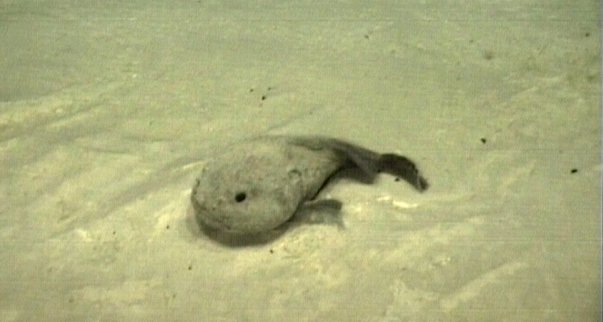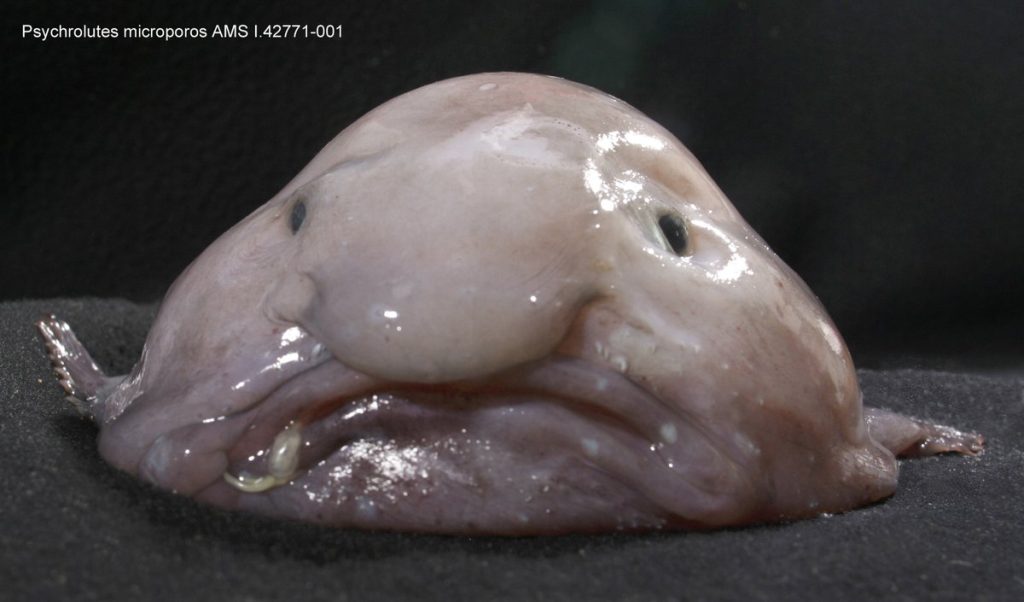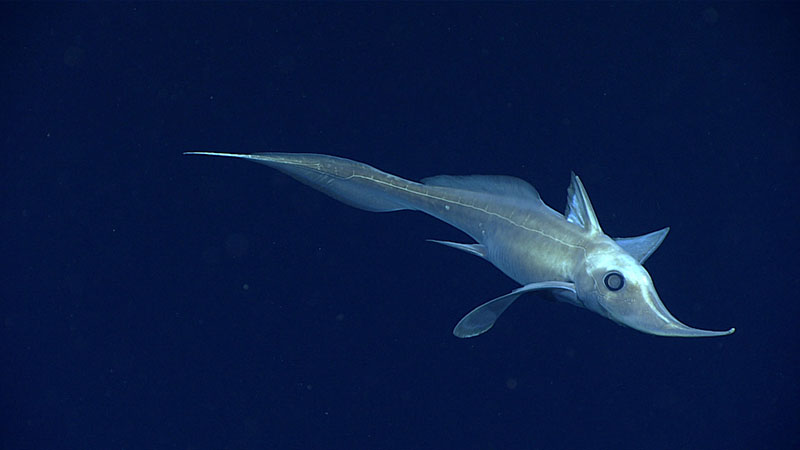If you’ve ever been at the bottom of a deep pool or body of water, then you’ve been able to feel some effects of water, also known as hydrostatic, pressure. Your ears begin to pop, your nasal cavity starts to feel a lot of pressure, and your eyes begin to feel compressed. Now imagine diving 10,000 ft deep, where you’d feel 300 times the pressure you would feel during that small dive. Your bones would begin to crush and crack, your lungs would collapse, and much more. We still know very little about the ocean–it is said that we know more about outer space than the ocean–but as we keep exploring, we learn more about different deep sea creatures–aquatic animals residing over 1,000 m below sea level–and how they survive such immense hydrostatic pressure at abysmal depths. By discovering more about their physical adaptations, we can design better vehicles or modes of withstanding these high pressures to venture deeper into the sea. So, how do these creatures survive such immense pressures? What do they have biomechanically that we don’t possess?
Jelly-Like Body
One key biomechanical difference between land/shallow-water animals and deep-sea creatures is the bone structure. Our bones are rigid and calcified; they don’t allow for much movement and are therefore brittle. The skeletal structure of deep-sea creatures is much more flexible and less calcified, consisting mostly of cartilage, allowing for some compression and bending to withstand the high pressures. This increased flexibility is also not limited to just their skeletons, but also their skin. This makes the creatures look “jelly-like” when they are out of the water. Think of a blobfish. If you pressed your finger into one, it would be like poking a ball of slime. This compressibility makes them much more resistant to the high forces as it allows the body to deform to the pressure while staying flexible: not brittle. Their body is similar to a stress ball: it’s easy to compress at first but becomes stronger as you further compress. On the other hand, our skeletons are more like glass balls which are hard to squeeze, but once you generate enough force, they crack.

Courtesy of Australian Museum

Photo by Kerryn Parkinson
Floatation Device
Most fish utilize a “swim bladder”, which is a gas-filled sac, to regulate their buoyancy so they can swim at different depths. Most deep-sea creatures, on the other hand, don’t have this buoyancy regulator because the high hydrostatic pressure would rupture the sac due to a large pressure difference. Rather, their lighter skeleton and body, due to it being more gelatinous and having a high water concentration, are slightly less dense than water, allowing them to float above the floor of the ocean.
Problems in the Field
The biggest problem with studying deep-sea creatures is that many of them can’t survive at the surface level because their bodies are so assimilated to the high pressures; they have a higher internal pressure than the pressure we feel on land, so they would expand to a point where they can’t survive. Therefore, minimal studies have been done on live deep-sea creatures. Experiments on living organisms would be beneficial to see live biological and physiological processes they use to adapt or react to stimuli. Additionally, it would be beneficial to have more studies of these creatures while in high-pressure atmospheres, which is difficult as we cannot survive under those pressures. However, studies on deep-sea creatures are improving with the advancement in remotely controlled underwater vehicles and high-pressure laboratories which will lead us to discover and better understand these mysterious creatures.
Featured Image courtesy of NOAA Office of Ocean Exploration and Research, Gulf of Mexico 2017.
